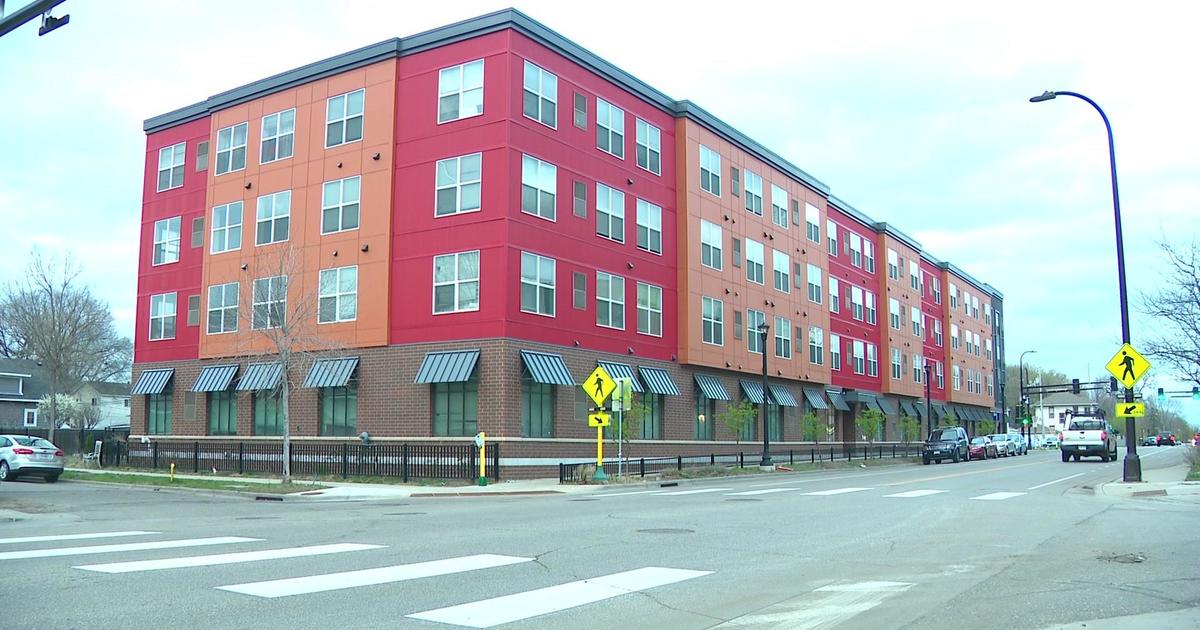Good Question: How Is Storm Strength Measured?
MINNEAPOLIS (WCCO) -- The tornado that ripped through the Twin Cities metro and hit north Minneapolis the hardest on Sunday undoubtedly changed lives.
Two people died, more than two dozen were injured and hundreds of homes and several businesses suffered significant damage.
An aerial angle gives the truest view of the damage. The tornado uprooted giant trees and dropped them on top of houses. Based on those images, meteorologists with the National Weather Service said they knew it had to be a tornado.
But how do they measure the strength of a storm? WCCO-TV's Jason DeRusha spent Monday with a team of severe weather experts to answer that question.
"We was terrified, the house was shaking, we didn't know what to do," said one tornado survivor.
Every house in the path of the tornado told a different story.
"It is very intense. I've been bawling all day," said another survivor.
"You could feel the pressure drop, I felt like I was floating," said one area resident.
It's Dan Luna's job to piece the stories of tornado survivors together. Luna is the National Weather Service meteorologist in charge of the scene in north Minneapolis. He analyzed the heavily damaged roofs and collapsed walls of the hardest hit area in Minneapolis.
"This certainly appears to be the worst of the damage area," said Luna.
Luna said he also must try to figure out where debris that has settled came from. He came up with at least 28 different "damage indicators" while touring the area Monday.
The damage suffered to single-family homes in the area was indicator No. 2. When he saw a house that had a large portion of the roof ripped off, it told him winds were blowing close to 100 miles per hour when the storm came through.
He also had to check gas stations and low-rise commercial buildings. He said buildings tell a stronger story than trees, and broken windows are meaningless.
"For all we know debris could have taken the windows out," Luna said.
The National Weather Service uses the Enhanced Fujita scale, which is just 4 years old, to measure the strength of a tornado. It also takes into account how well a building was made.
An EF-0 is a tornado with wins less than 72 miles per hour. An EF-1 is less than 112 miles per hour and an EF-2 has winds as high as 157 miles per hour.
"We'll do a case study analysis of what we saw on radar and we'll correlate that to the damage just as a learning exercise more than anything else," said Luna.
The National Weather Service also has wind-speed estimates for damage to strip malls, power line towers and fast food restaurants.



